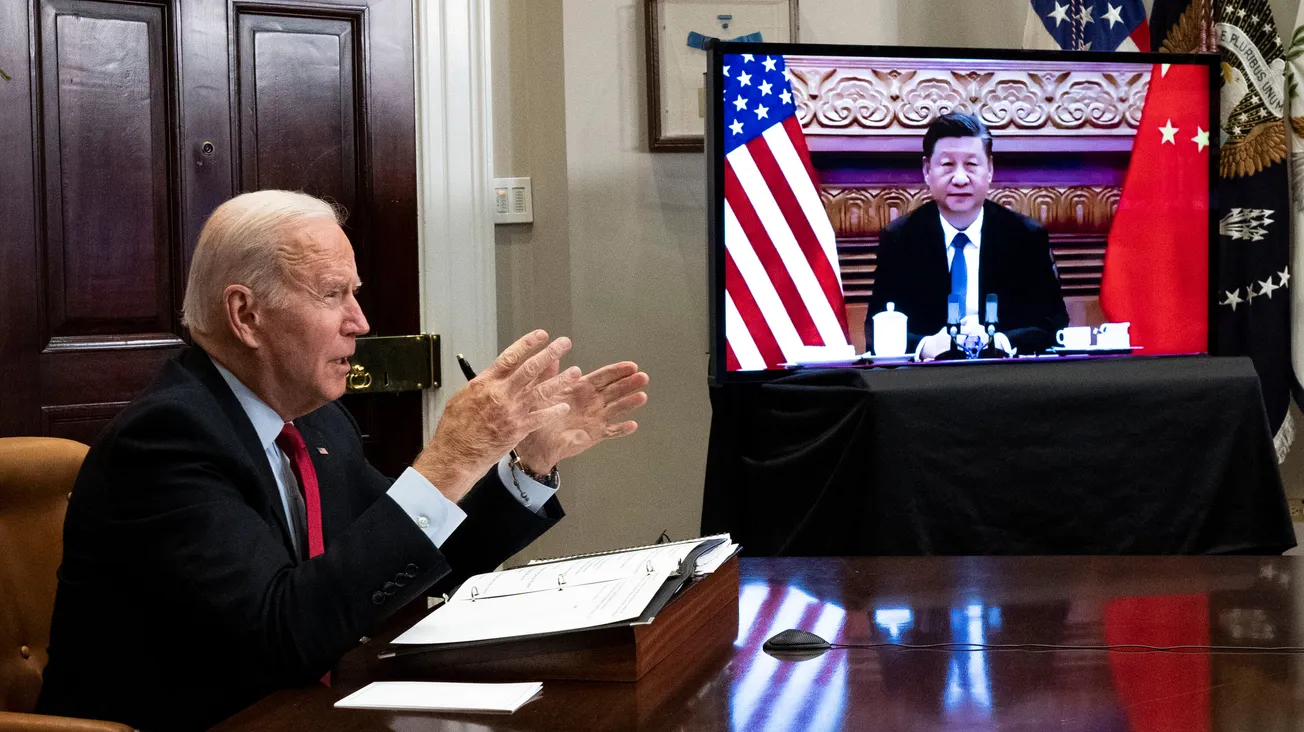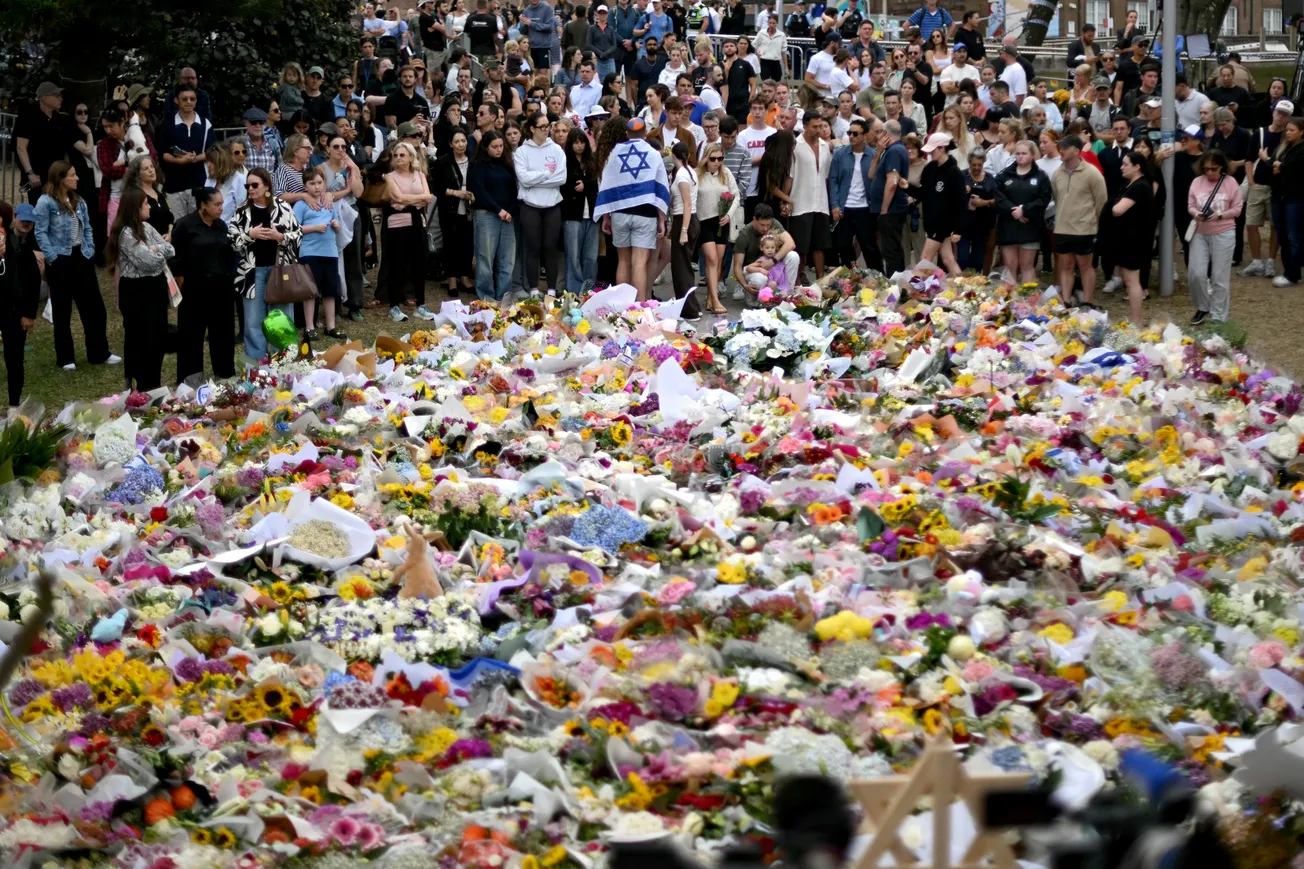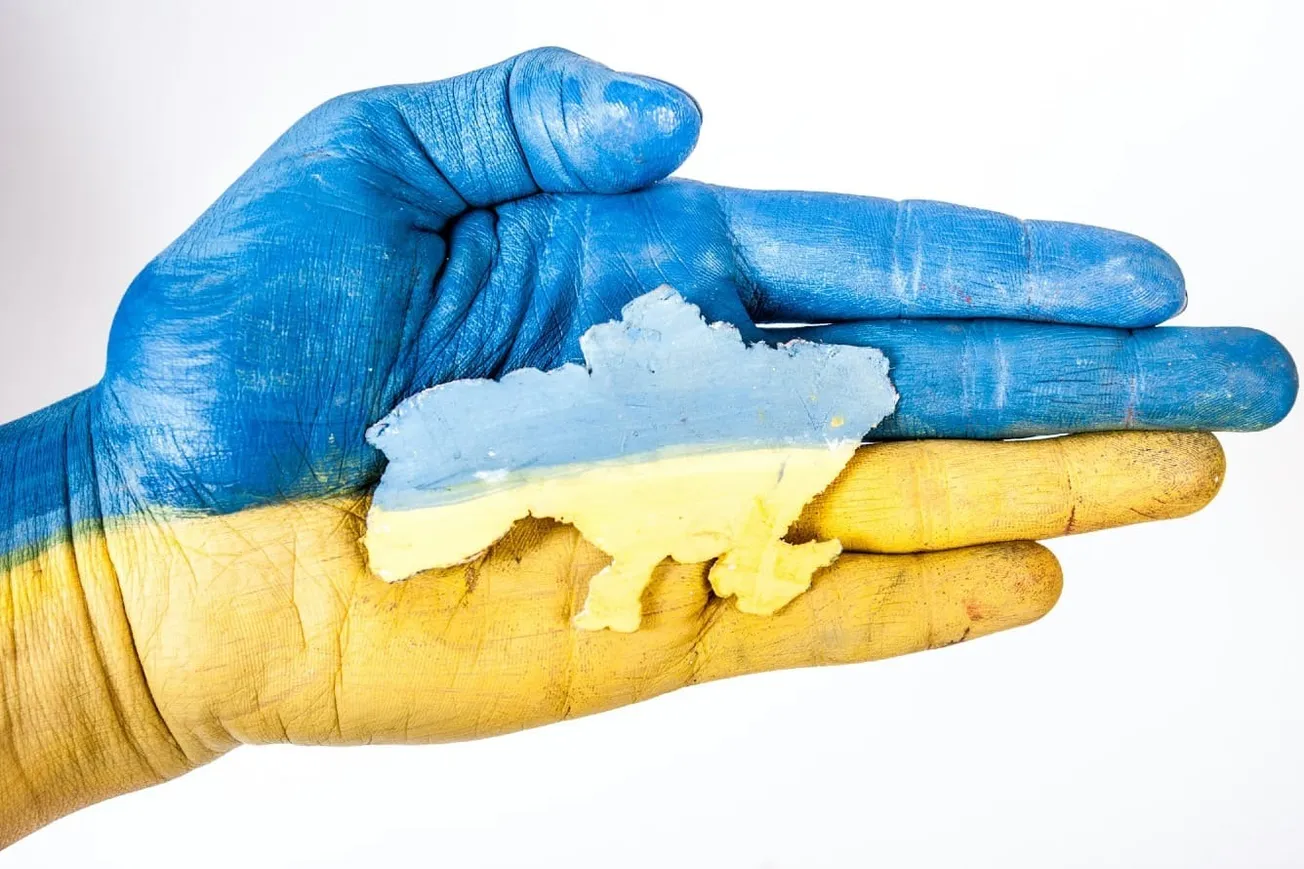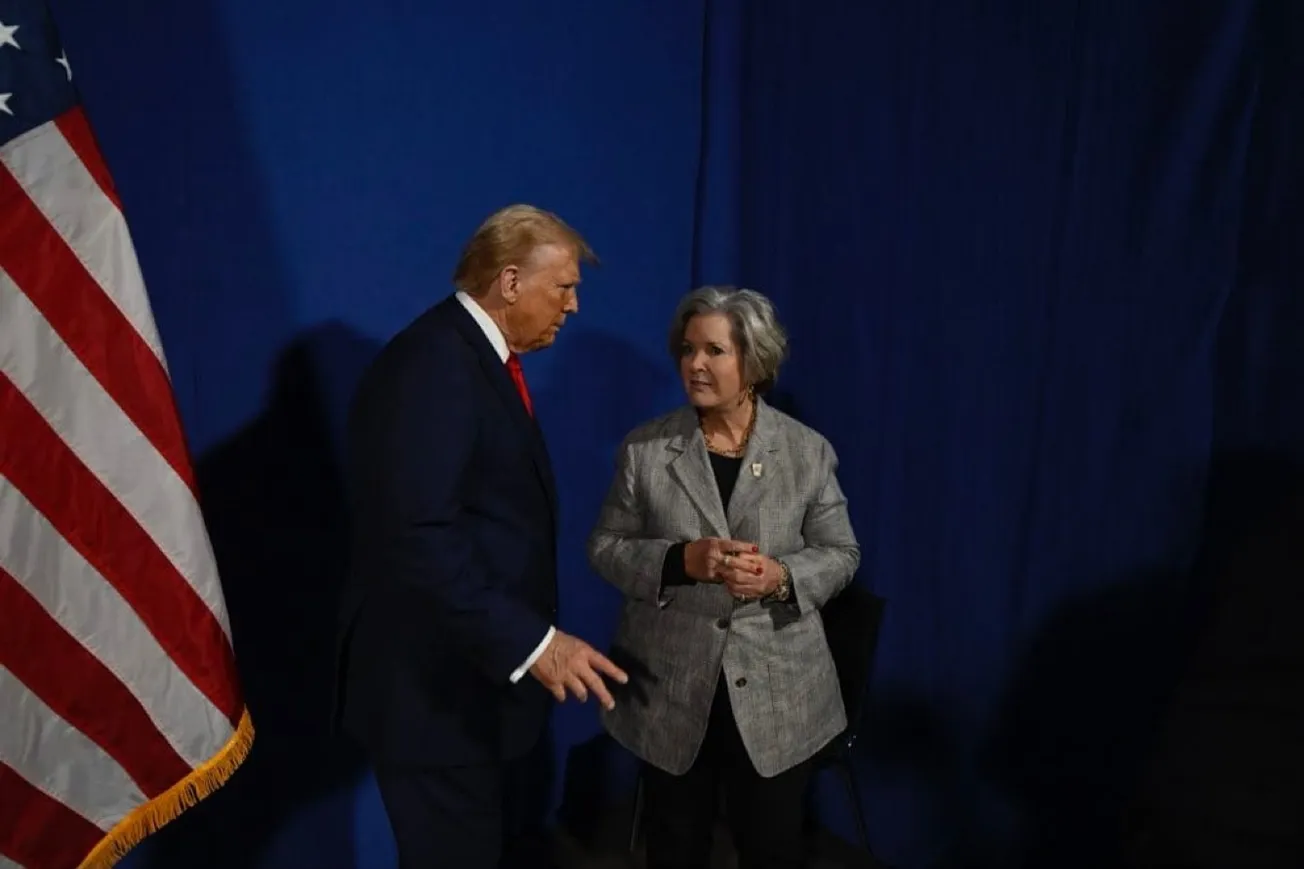The President of the United States met with the President of the People's Republic of China. There's precious little to show for such a high-profile meeting that lasted more than three hours. But that is no surprise. The Biden administration clearly stated ahead of the meeting that "no specific deliverables are expected."
It was a virtual meet, as President Xi Jinping has not left his country for close to two years now. Nor has he invited foreign heads of state to Beijing since the outbreak of the Covid-19 pandemic.
The U.S. did what is expected of it as a world leader and a democracy - made an overture. By proposing the meeting and keeping the channels of communication open, the American administration showed its willingness to engage constructively with a competitor and resolve rising tensions through dialogue. Calling for "common-sense guardrails to ensure that competition does not veer into conflict, whether intended or unintended," President Biden spoke up for the world order and maintaining peace around the world.
Unlike the last time high-ranking officials of the two countries met in Alaska, in March, this meeting was cordial and "respectful." At least in front of the media, the leaders projected an air of friendship, reminiscing briefly about their many past encounters.
During the meeting, contentious issues were raised, and grievances aired. The chief matters discussed were Taiwan, Hong Kong, Tibet, Xinjiang, human rights, bilateral trade, and climate change. Neither side gave an inch on any topic of consequence. There were no "breakthroughs."
President Biden stuck by the preferred "strategic ambiguity" when it came to one of the most pressing issues – the sovereignty of Taiwan. Even as he reiterated America's commitment to the "one China" policy, he stated that the U.S. would abide by the Taiwan Relations Act and support Taiwan if Beijing attacked it.





